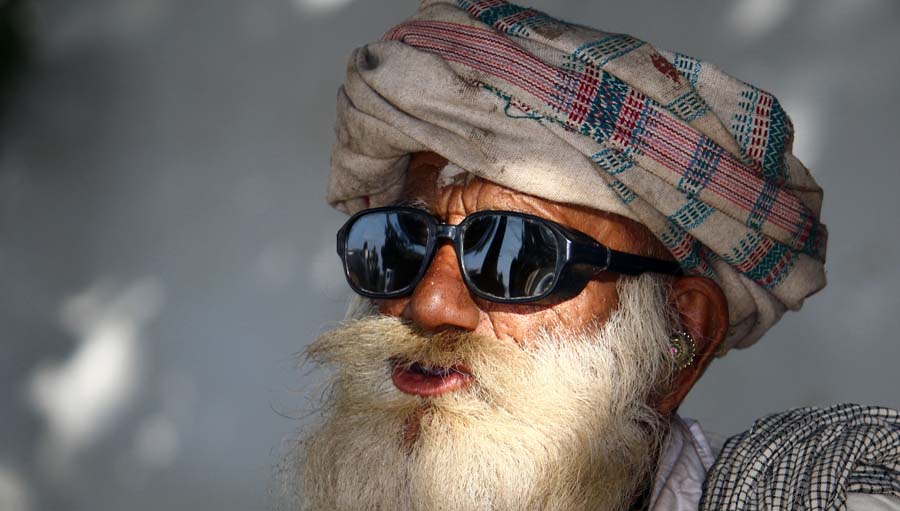Join a powerful, unprecedented alliance for better eye health for all.
Join IAPB-
Choose an alternate language here

Globally around 36 million people are blind and a further 217 million moderately or severely vision impaired with Sub Saharan Africa and South Asia having age adjusted blindness prevalence up to 10 times higher than in high income regions (1). Four out of five people who are blind don’t need to be thanks to interventions such as cataract surgery, refraction and trachoma prevention and TT surgery all of which come out well in global health intervention cost effectiveness comparisons (2).
However, the perceived and actual out-of-pocket costs of eye care interventions are known to be significant barriers to accessing services in low and middle income countries. For those who do undergo care, out-of-pocket payments can be catastrophic, potentially pushing people into poverty as a result. These costs can be nearly half of average household incomes for cataract surgery (around 25% for refraction services) in Africa but more than double this in poorer households and some East Asian countries (3, 4, 5).
Financial risk protection, the degree to which people can use health services they need without adverse effects on their economic livelihood as a consequence of paying for health care, is now a key global focus of health policy and systems development and central to progress toward Universal Health Coverage and SDG target 3.8 (6, 7, 8, 9). The recent universal health coverage global monitoring report showed around 180 million people worldwide are spending more than 25% of their household income on health care payments, risking impoverishment, and these numbers have grown by nearly 5% each year (10).
Greater tax revenue and public financing for health, including mandatory social health insurance schemes, has been shown to increase both coverage of essential services and financial risk protection (11, 12). In addition user fee reductions and exemptions for specific priority populations or health services can also improve needed service use and financial risk protection (13).
As a global community for preventing blindness we have an important role in promoting inclusion of essential eye care services in publically financed health care benefit packages. This is important but may not be enough. Even when covered, remaining out of pocket costs for eye care can be high. Large gap payments for cataract surgery occur in some settings, driven by its high volume (and therefore income) potential and use of intraocular lenses (IOLs) at higher charges than listed reimbursements. Ongoing work in China, for example, has shown IOL costs to patients can be up to 15 times the amount reimbursed by the rural health insurance scheme NCMS. Income generation from spectacle fees can have perverse incentives for higher patient out of pocket burden if not well designed and monitored.
Whilst return on investment and cost effectiveness can be important inputs to decisions on financing for specific health interventions, they do not reflect affordability either to government budgets or to patients. Our focus should include who we are covering for eye health, ensuring equity through the health financing systems role in reducing cost barriers and out of pocket payments for the growing number of people who are blind and vision impaired. As populations age and older poorer people, particularly in rural areas, become a growing community being left behind, our focus has and should continue to grow on the important role that public health financing and the health financing system broadly play in bridging the gap between need for and access services.
[vc_row el_class=”light-row rebelcell prev-blind”][vc_column width=”1/2″ el_class=”cellspace”][vc_column_text]
We need to better understand who is accessing our services, so that we can reach them all.[/vc_column_text][vc_separator color=”white”][vc_column_text]
We need programmes to address a wider range of goals.[/vc_column_text][vc_separator color=”white”][vc_column_text]
Let’s discuss financing systems in eye health.[/vc_column_text][/vc_column][vc_column width=”1/2″ el_class=”banner-pic”][vc_single_image image=”73468″ img_size=”832×930″ onclick=”custom_link” css=”.vc_custom_1523006238473{margin-bottom: 0px !important;}” link=”https://www.iapb.org/news/world-health-day-2018-health-for-all/”][/vc_column][/vc_row]